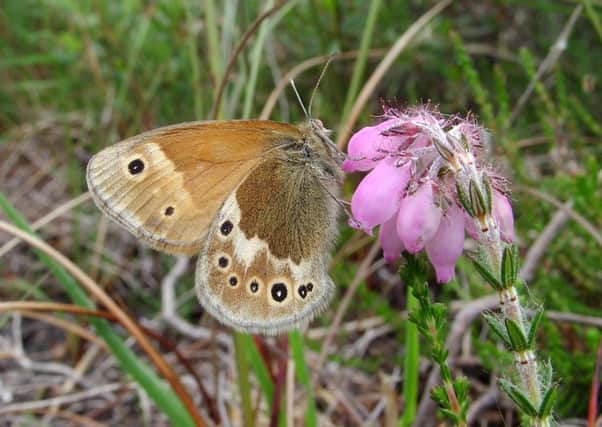Blaze-hit butterflieson the mend


The news comes as Sir David Attenborough warned that UK butterflies face a critical summer after a string of poor years has seen the numbers of many common species decline.
Wildlife Trust officer Reuben Neville said: “We have seen very small numbers of butterflies on the wing. We don’t have a good understanding of the size of the population but there are small numbers at this stage.
Advertisement
Hide AdAdvertisement
Hide Ad“We don’t know whether it will sustain in the long run. They may have survived on the edges of the reserve where the fire didn’t go, or could have burrowed under the vegetation.
“We still don’t know long term how the fire affected the established population.”
The blaze at Easter which destroyed much of the butterflies’ habitat was either started deliberately or through carelessness.
It affected an area of land the size of several football pitches.
Advertisement
Hide AdAdvertisement
Hide AdLast year was the fourth worst on record for butterflies and Sir David is urging people across Lancashire to take part in the Big Butterfly Count survey to help reveal how widespread species are faring this summer.
Common species such as the Small Tortoiseshell, Peacock, Meadow Brown and Gatekeeper experienced declines in 2016.
The Big Butterfly Count is the world’s largest butterfly survey which encourages people to spot and record 18 species of common butterflies and two day-flying moths. Taking part is easy – find a sunny spot and spend 15 minutes counting the butterflies you see, then submit sightings online at www.bigbutterflycount.org. The count runs until August 6.